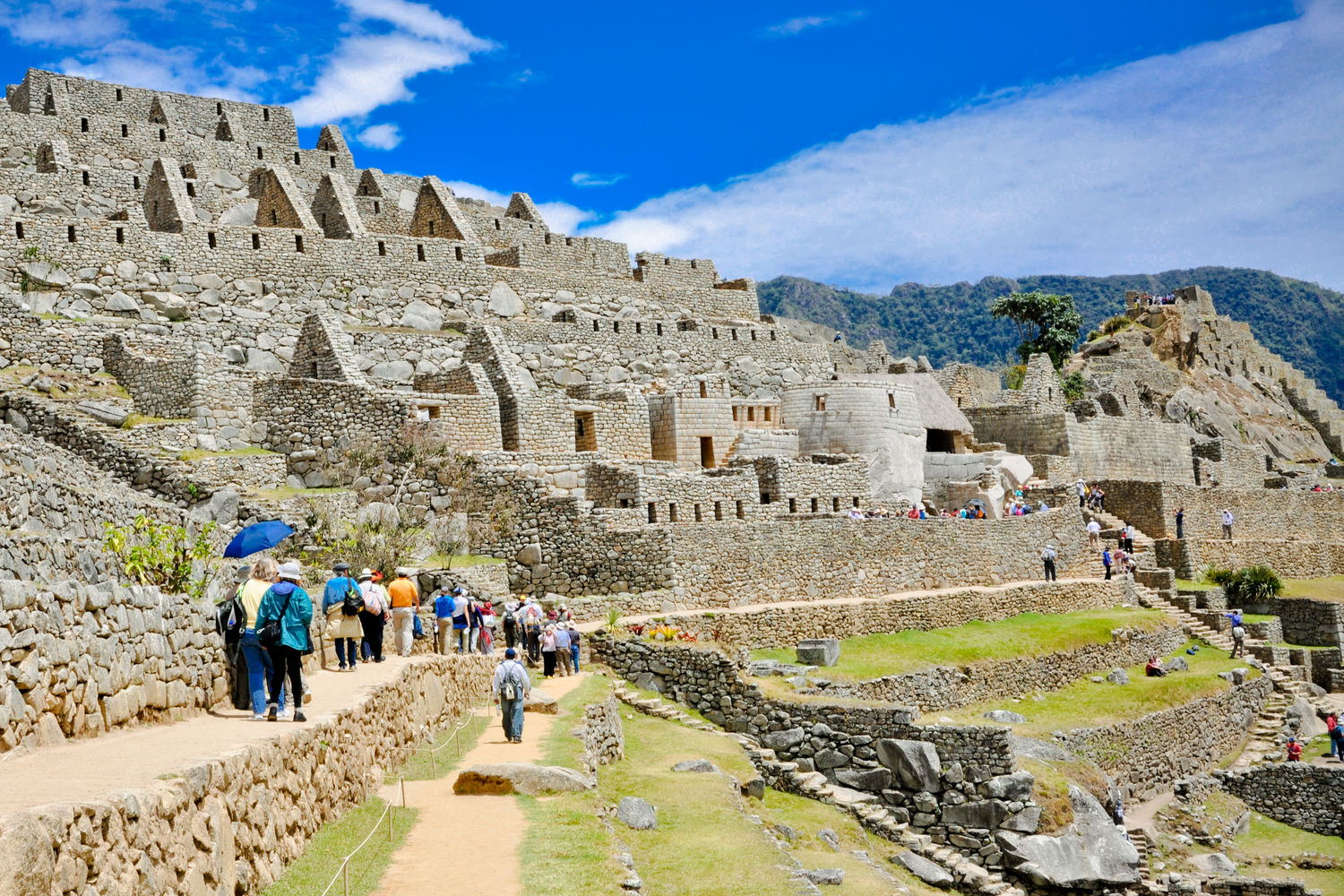[ad_1]

Peru’s majestic Incan citadel of Machu Picchu is reopening on 1 November after seven months of closure due to the coronavirus pandemic. The long closure of Peru’s No. 1 tourist draw, which has hammered the local economy, marks the second time it has been shut down since it opened its doors to tourism in 1948.
The first time was in 2010 when torrential and prolonged rains forced it to close.
The stone complex built in the 15th century will receive 675 visitors a day starting this 1 November, the director of Machu Picchu archaeological park, Jose Bastante, said. “We have a limited 30% admission capacity in compliance with biosafety measures and protocols,” Bastante added while supervising final preparations to open the UNESCO World Heritage Site.

The site is accustomed to receiving 3,000 tourists a day, though it recently passed regulations limiting visitors to 2,244 visitors a day to protect the ruins. Still a large number given experts belief that in 15th century a maximum of 410 people lived in the citadel on the limits of the Andes mountains and the Amazon.
Before entering, visitors will have their temperatures taken and will be required to wear masks and stand at least two metres apart. Groups, including a guide, cannot be larger than eight people, and children under 12 will not be allowed. To avoid crowding, visitors will travel on four circuits. Tour operators are offering packages costing USD 250 to visit Machu Picchu, which before the pandemic would have cost at least USD 750.
The country’s tourism revenues have been frozen since it decreed a general lockdown 16 March to stop the spread of the novel coronavirus. So far, 34,197 people have died from COVID-19 in the country.
Machu Picchu is Peru’s tourism jewel and in 2018 drew 1.5 million visitors. The citadel was built in the 15th century as a religious sanctuary for the Incas at an altitude of 2,490 metres.
(Source: AP)
[ad_2]
Source link

